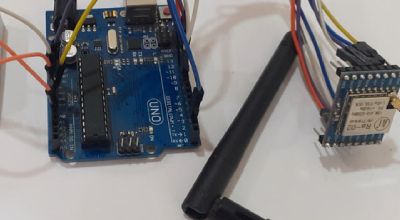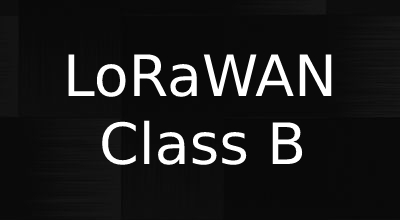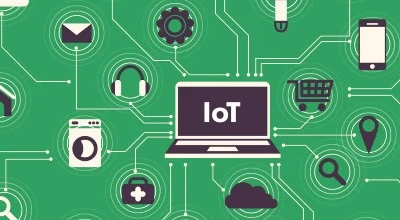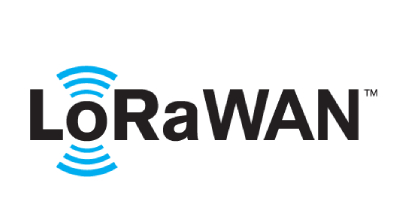
Arduino LoRaWAN
Arduino and LoRaWAN are a powerful combination for building Internet of Things (IoT) applications. Arduino is an open-source electronics platform that provides an easy-to-use hardware and software environment for creating interactive electronic projects, while LoRaWAN is a wireless network protocol that is designed to connect low-power devices to the internet in regional, national, or global networks.

Together, these technologies provide a powerful and flexible solution for building IoT applications that require long-range communication and low data rates. Some examples of the types of applications that can be built with Arduino and LoRaWAN include:
- Smart city infrastructure: Arduino and LoRaWAN can be used to create sensors and devices that can be used to monitor and control various aspects of a city's infrastructure, such as traffic lights, parking meters, and waste management systems.
- Industrial IoT: Arduino and LoRaWAN can be used to create devices that can be used to monitor and control industrial equipment and machinery, such as pipelines and other critical infrastructure.
- Agriculture: Arduino and LoRaWAN can be used to create sensors and devices that can be used to monitor soil moisture, temperature, and other conditions to optimize crop yields.
- Environmental monitoring: Arduino and LoRaWAN can be used to create sensors that can be used to measure environmental conditions such as temperature, humidity, and air quality.
- Smart metering: Arduino and LoRaWAN can be used to create smart meters that can be used to remotely read and manage energy and water usage in homes and buildings.
Building an IoT application with Arduino and LoRaWAN can be done in a few simple steps:
- Choose an appropriate Arduino board. There are several different types of Arduino boards available, each with its own set of features and capabilities. Some boards are specifically designed for IoT applications and come with built-in LoRa radios.
- Choose a LoRaWAN module that is compatible with your Arduino board. This module will be used to connect your Arduino board to a LoRaWAN network.
- Assemble and program your Arduino board. Use the Arduino IDE software to program the board to perform the desired tasks.
- Connect your LoRaWAN module to your Arduino board and configure it to connect to your desired LoRaWAN network.
- Test and deploy your application.
It is worth noting that LoRaWAN can also be integrated with other platforms or microcontrollers beside Arduino. But, Arduino is one of the most commonly used platforms in DIY projects, and with its simplicity and community support, it makes it a popular choice among developers.
In conclusion, Arduino and LoRaWAN are a powerful combination for building IoT applications that require long-range communication and low data rates. The simplicity of Arduino and the flexibility of LoRaWAN make it easy to create a wide variety of applications, from simple sensors to complex industrial systems. With a little bit of knowledge and some basic tools, anyone can start building their own IoT projects with Arduino and LoRaWAN.



